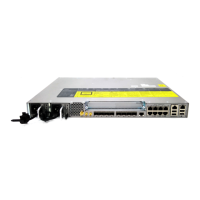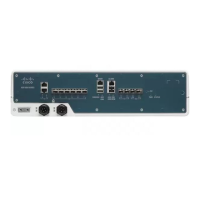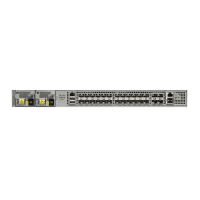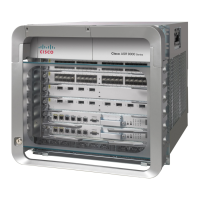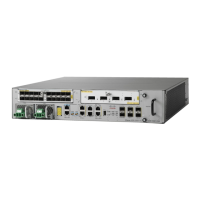• Communication Device (class 3)—Endpoints that support IP communications end users; for example,
IP phones and Softphone.
The figure below shows an LLDP-MED-enabled LAN.
Types of Discovery Supported
LLDP-MED provides support to discover the following types of information, which are crucial to efficient
operation and management of endpoint devices and the network devices supporting them:
• Capabilities —Endpoints determine the types of capabilities that a connected device supports and which
ones are enabled.
• Inventory —LLDP-MED support exchange of hardware, software, and firmware versions, among other
inventory details.
• LAN speed and duplex —Devices discover mismatches in speed and duplex settings.
• Location identification —An endpoint, particularly a telephone, learns its location from a network
device. This location information may be used for location-based applications on the telephone and is
important when emergency calls are placed.
• Network policy —Network connectivity devices notify telephones about the VLANs they should use.
• Power —Network connectivity devices and endpoints exchange power information. LLDP-MED
provides information about how much power a device needs and how a device is powered. LLDP-MED
also determines the priority of the device for receiving power.
Carrier Ethernet Configuration Guide (Cisco ASR 920 Series)
330
Using Link Layer Discovery Protocol in Multivendor Networks
LLDP-MED
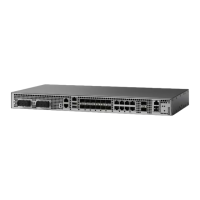
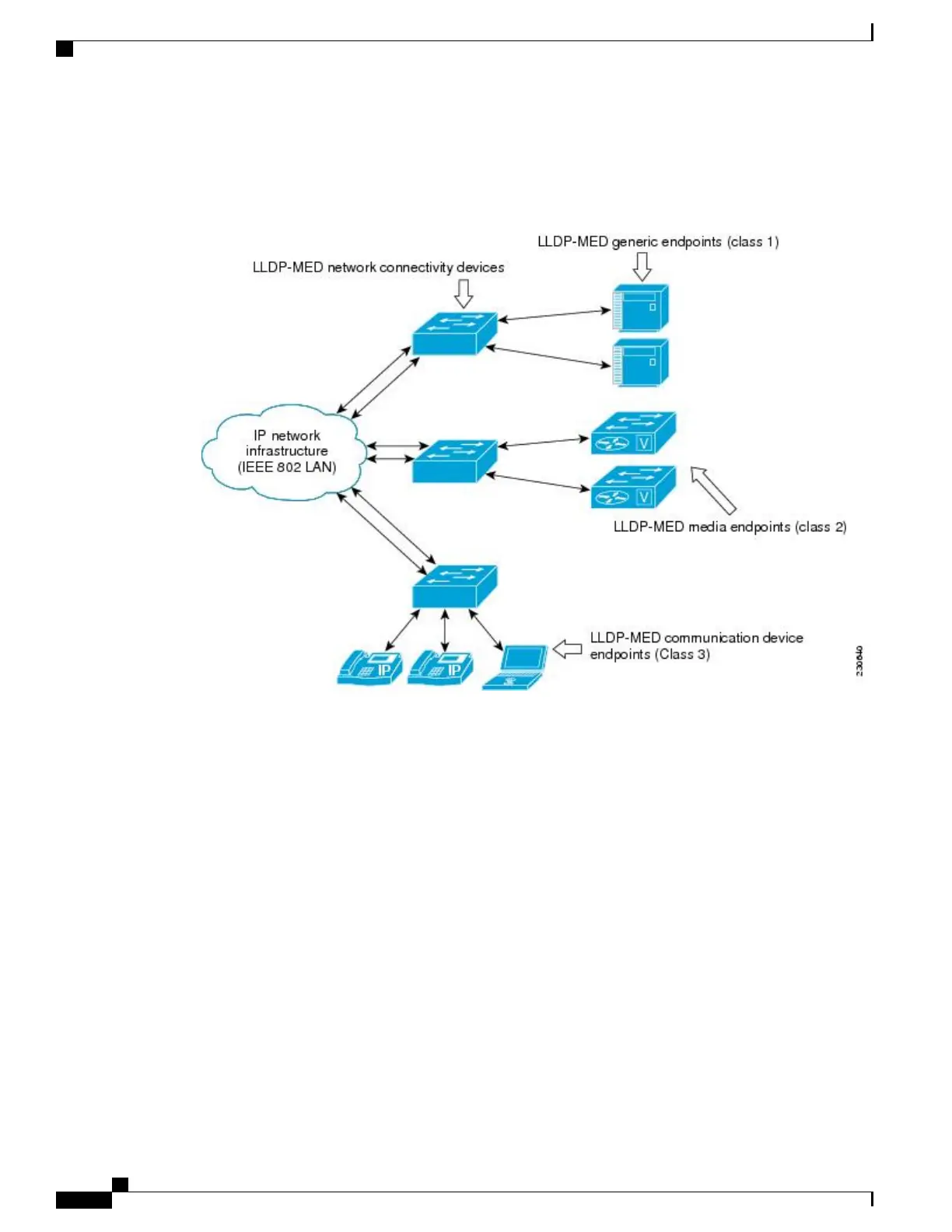